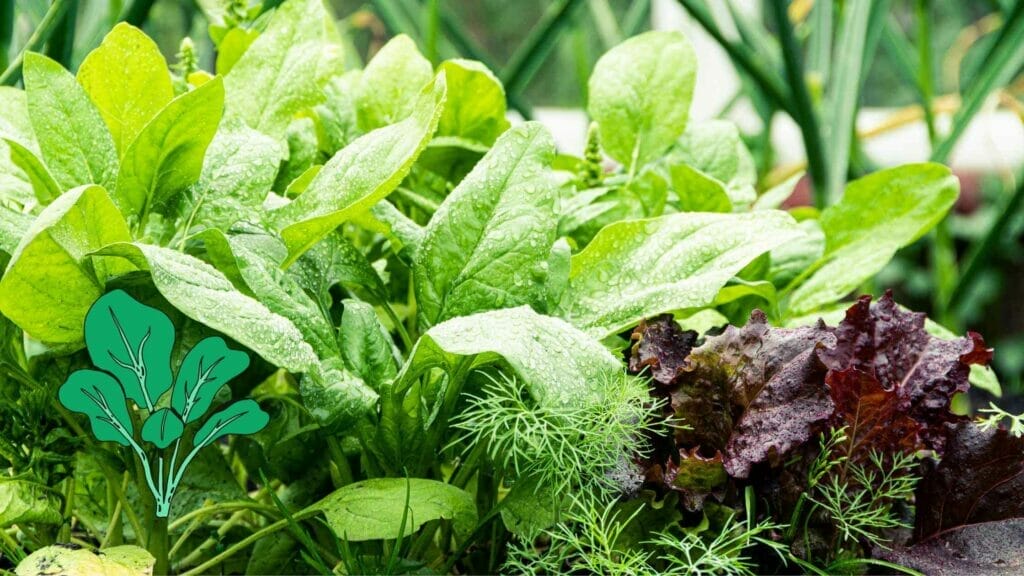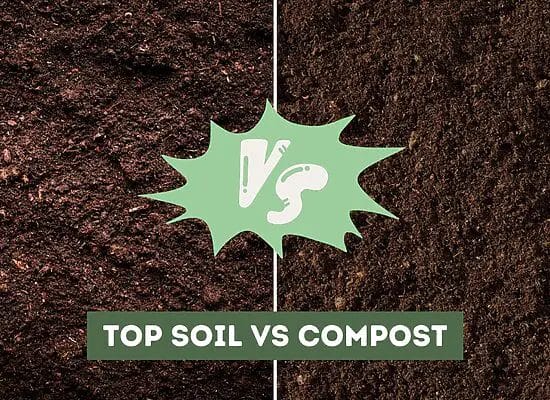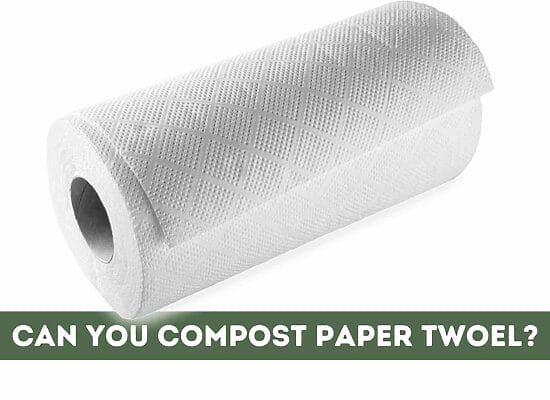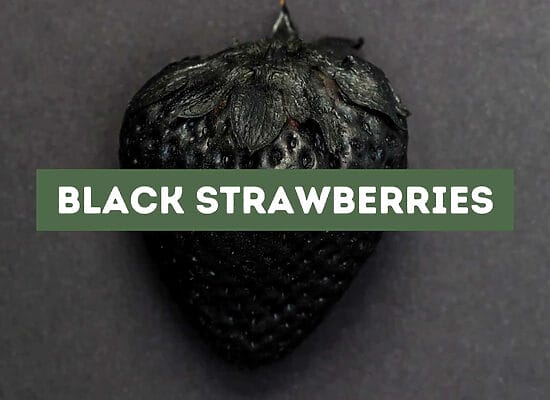
Are you looking to grow your own spinach? Companion planting is a great way to increase the yield and health of your plants. By planting certain plants together, you can create a mutually beneficial environment that can help your spinach thrive.
In this article, we will discuss the best companion plants for spinach and how they can help your garden.
Key takeaways:
- Companion planting is beneficial for spinach as it can increase yield and improve plant health.
- Good companion plants for spinach include beans, peas, cabbage, cauliflower, chard, onion, and strawberries.
- These companion plants can provide shade, repel pests, attract beneficial insects, and add nutrients to the soil.
- Avoid planting potatoes, sunflowers, fennel, pumpkins, melons, corn, and tomatoes near spinach as they can compete for nutrients or attract pests.
- Consider the growth habits and needs of each plant when choosing companion plants for spinach.
- Interplant spinach with lettuce, carrots, and peas for mutually beneficial relationships.
- Certain flowers like marigolds and nasturtiums can be planted near spinach to repel pests and attract beneficial insects.
Companion Planting Basics
If you’re new to gardening, you may have heard the term “companion planting” thrown around. But what exactly does it mean, and how can it benefit your spinach plants? In this section, we’ll cover the basics of companion planting, including what it is and the benefits it can provide.
What is Companion Planting?
Companion planting is the practice of planting different types of plants together in a way that benefits both plants. This can include planting plants that have complementary growth habits, such as tall plants providing shade for shorter plants or plants that attract beneficial insects or repel pests. The goal of companion planting is to create a more diverse and balanced ecosystem in your garden, which can help to improve plant health and yield.
Benefits of Companion Planting
There are many benefits to companion planting, including:
- Pest control: Some plants have natural pest-repelling properties, and planting them alongside your spinach can help to keep pests at bay.
- Improved soil health: Certain plants can help to improve soil health by fixing nitrogen or adding organic matter to the soil.
- Increased yield: Companion planting can help to improve pollination and attract beneficial insects, which can lead to a higher yield of fruits and vegetables.
- Space-saving: Planting different types of plants together can help to make the most of your garden space, as plants can provide shade or support for one another.
By choosing the right companion plants for your spinach, you can help to create a healthy and thriving garden ecosystem. Some good companion plants for spinach include strawberries, peas, radish, lettuce, kale, cauliflower, broccoli, cabbage, and eggplant. On the other hand, you should avoid planting potatoes near your spinach plants, as they can attract pests that can damage your spinach.
Pro Tip: When choosing companion plants for your spinach, consider the growth habits and needs of each plant. Look for plants that have similar soil and water requirements, as well as plants that have complementary growth habits. By doing so, you can create a well-balanced and thriving garden that will provide you with a bountiful harvest.
Companion Plants for Spinach
If you’re growing spinach in your garden, it’s important to know which plants are good companions and which plants to avoid. Companion planting is a gardening technique that involves planting different crops together to benefit each other. Here are some of the best and worst companion plants for spinach.
Best Spinach Companion Plants
Spinach grows well with a variety of plants, including cabbage, kale, cauliflower, collard greens, eggplants, leeks, lettuce, brussels sprouts, kohlrabi, asparagus, strawberries, radish, beans, peas, nasturtiums, petunias, and marigolds. These plants can provide shade, repel pests, attract beneficial insects, and/or improve soil health.
For example, planting spinach with beans and peas can help fix nitrogen in the soil, which is essential for healthy plant growth. Additionally, these taller plants can provide shade to the spinach and prevent it from bolting in hot weather.
Worst Spinach Companion Plants
On the other hand, there are some plants that should not be planted near spinach. These include sunflowers, fennel, pumpkins, melons, corn, and potatoes. These plants can attract pests that can damage or kill the spinach, or they may compete with the spinach for nutrients and water.
For instance, sunflowers can attract aphids, which can spread diseases to the spinach, while fennel can release chemicals that inhibit the growth of nearby plants. Similarly, pumpkins and melons can take up a lot of space and compete with the spinach for resources.
Pro Tip: When planting spinach with other crops, make sure to give each plant enough space to grow and thrive. Spinach should be planted about 6 inches apart, while other plants may require more or less space depending on their size and growth habits. Also, consider using companion planting charts to help you plan your garden and choose the best companion plants for your spinach.
Planting Spinach with Other Vegetables

When it comes to companion planting, spinach is a great team player. Not only does it grow well with other leafy greens, but it also pairs well with a variety of vegetables. In this section, we’ll explore three vegetables that make great companions for spinach: lettuce, carrots, and peas.
Lettuce
Lettuce and spinach are a match made in heaven. They both have similar growing requirements and complement each other’s flavors well. When planting lettuce and spinach together, make sure to leave enough space between each plant to allow for proper air circulation. This will help prevent diseases and pests from taking hold.
To plant lettuce and spinach together, follow these steps:
- Prepare the soil by adding compost or well-rotted manure.
- Plant the spinach seeds first, spacing them about 6 inches (15 cm) apart.
- Once the spinach has started to grow, plant the lettuce seeds in the spaces between the spinach plants.
- Water the plants regularly and keep the soil moist but not waterlogged.
Carrots
Carrots and spinach are another great pairing. Carrots help break up the soil, making it easier for spinach to grow deep roots. In return, spinach provides shade for the carrots, helping to keep the soil cool and moist.
To plant carrots and spinach together, follow these steps:
- Prepare the soil by removing any rocks or debris and adding compost or well-rotted manure.
- Plant the carrot seeds first, spacing them about 2 inches (5 cm) apart.
- Once the carrot seedlings have sprouted, plant the spinach seeds in the spaces between the carrot plants.
- Water the plants regularly and keep the soil moist but not waterlogged.
Peas
Peas and spinach are a match made in heaven. Peas are nitrogen-fixing plants, which means they take nitrogen from the air and convert it into a form that the plants can use. Spinach, on the other hand, needs nitrogen to grow. Planting peas and spinach together can help improve the soil quality and boost the growth of both plants.
To plant peas and spinach together, follow these steps:
- Prepare the soil by adding compost or well-rotted manure.
- Plant the pea seeds first, spacing them about 2 inches (5 cm) apart.
- Once the pea seedlings have sprouted, plant the spinach seeds in the spaces between the pea plants.
- Water the plants regularly and keep the soil moist but not waterlogged.
By planting spinach with these three vegetables, you’ll not only have a beautiful garden but also a bountiful harvest. Happy planting!
Companion Plants to Help Spinach Grow
Spinach is a versatile and nutritious vegetable that can be grown in many home gardens. However, it can be susceptible to pests and bolting, which can reduce the yield and quality of your crop. Luckily, there are several companion plants that can help prevent these issues and protect your spinach.
Plants That Help Prevent Bolting
Bolting is when a plant prematurely produces flowers and seeds, which can cause the leaves to become bitter and tough. To prevent bolting in your spinach, try planting it alongside these companion plants:
- Lettuce: This cool-weather crop has a similar growth pattern to spinach and can provide shade and moisture to help prevent bolting.
- Cabbage: Cabbage has a deep root system that can help retain moisture in the soil and provide shade to the spinach.
- Radish: Radish can be grown as a quick-maturing crop alongside spinach. It can help break up compacted soil and provide shade to prevent bolting.
Plants That Protect Spinach from Pests
There are several pests that can attack spinach, such as aphids, flea beetles, and spider mites. To protect your spinach from these pests, try planting it alongside these companion plants:
- Marigold: Marigold has a strong scent that can repel pests. It also attracts beneficial insects like ladybugs and lacewings that can help control pests.
- Nasturtium: Nasturtium is a great trap crop that can attract pests away from your spinach. It also has a peppery taste that can repel pests.
- Garlic: Garlic has natural insecticidal properties that can repel pests. It can be planted around the perimeter of your spinach bed to provide protection.
By planting these companion plants alongside your spinach, you can help promote healthy growth and protect it from pests and bolting. Experiment with different combinations and see which ones work best for your garden. Happy planting!
Companion Plants to Avoid Planting Near Spinach
When planning your spinach garden, it’s important to consider which plants to avoid planting nearby. Certain plants can compete with spinach for nutrients, attract pests that attack spinach, or otherwise harm your spinach crop. Here are some plants to avoid planting near your spinach.
Plants That Compete with Spinach for Nutrients
Spinach is a heavy feeder, meaning it requires lots of nutrients to grow and produce a good crop. Some plants are also heavy feeders and can compete with spinach for nutrients in the soil. Here are some plants to avoid planting near your spinach:
- Tomatoes: Tomatoes are notorious heavy feeders and can outcompete spinach for nutrients in the soil.
- Peppers: Peppers are also heavy feeders and can compete with spinach for nutrients.
- Squash: Squash plants have large root systems and can take up a lot of nutrients from the soil, leaving less for your spinach.
Plants That Attract Spinach Pests
Certain plants can attract pests that attack spinach. Planting these plants near your spinach can increase the likelihood of pest problems. Here are some plants to avoid planting near your spinach:
- Sunflowers: Sunflowers can attract aphids, which can also attack spinach.
- Fennel: Fennel can attract slugs, which can also damage spinach leaves.
- Corn: Corn can attract corn earworms, which can also feed on spinach leaves.
By avoiding these plants, you can help ensure that your spinach crop stays healthy and pest-free. Happy gardening!
Other Considerations for Companion Planting with Spinach
When it comes to companion planting with spinach, there are a few other considerations you should keep in mind beyond just which plants grow well together. In this section, we’ll cover two important factors to consider: shade and sun requirements and interplanting spinach with flowers.
Shade and Sun Requirements
Spinach is a cool-season crop that prefers partial shade to full sun. This means that it can be grown alongside plants that have similar light requirements. However, it’s important to note that if you plant spinach in full sun, it may bolt (go to seed) more quickly, reducing your harvest. On the other hand, if you plant it in too much shade, it may not grow as well.
One option for interplanting with spinach is to choose plants that can provide shade during the hottest parts of the day. For example, you could plant spinach alongside taller plants like tomatoes or trellised peas. Alternatively, you could plant it in the shade of a tree or other structure.
Interplanting Spinach with Flowers
Another option for companion planting with spinach is to interplant it with flowers. This can help attract beneficial insects, such as bees and butterflies, to your garden. Additionally, some flowers have natural pest-repelling properties that can help protect your spinach.
Some good options for interplanting with spinach include:
- Nasturtiums: These brightly colored flowers attract aphids away from your spinach.
- Marigolds: These flowers have a strong scent that can help repel pests like nematodes and whiteflies.
- Petunias: These flowers attract beneficial insects like ladybugs and lacewings, which can help control pests like aphids and spider mites.
When interplanting with flowers, be sure to choose varieties that have similar light and water requirements to your spinach. Additionally, be sure to leave enough space between plants to allow for proper air circulation and prevent overcrowding.
By considering shade and sun requirements and interplanting with flowers, you can help ensure a successful harvest of your spinach crop.
FAQ: Companion Plants for Spinach
What are spinach companion plants?
Spinach companion plants are different plants that grow well with spinach without competing for nutrients and help prevent spinach from bolting. They can also help repel pests and diseases and improve the flavor of spinach.
What are the benefits of companion planting for spinach?
Companion planting for spinach can improve the growth of other plants, help prevent spinach from bolting, repel pests and diseases, and improve the flavor of spinach. It can also help you save space in your garden and make the most of the resources available to you.
What are the worst spinach companion plants?
The worst spinach companion plants are those that compete with spinach for nutrients, shade spinach too much, attract pests or diseases that harm spinach, or have allelopathic effects that inhibit the growth of spinach. Examples include brassicas, such as broccoli and cabbage, and plants that attract carrot rust flies, such as dill and celery.
What are the best spinach companion plants?
The best spinach companion plants are those that don’t compete with spinach for nutrients, provide shade to spinach, attract beneficial insects that prey on pests harmful to spinach, repel pests and diseases, and have no allelopathic effects that inhibit the growth of spinach. Examples include lettuce, onions, garlic, and beans.
What are some different plants to grow with spinach?
Some different plants to grow with spinach include lettuce, onions, garlic, beans, peas, radish, beetroot, and Swiss chard. These plants have different nutrient requirements and growth habits, making them compatible with spinach.
Can I plant spinach near flowering plants?
Yes, you can plant spinach near flowering plants, especially those that attract beneficial insects, such as marigolds and calendula. These plants may help improve the growth of spinach and repel pests and diseases that harm spinach.
How can I prevent spinach from bolting?
You can prevent spinach from bolting by planting it in a shady spot, keeping the soil consistently moist, and planting it near companion plants that provide shade and prevent stress. You can also harvest spinach frequently to encourage leaf growth and prevent it from producing flowers and seeds.
What are some excellent companion plants for spinach?
Some excellent companion plants for spinach are those that help improve its flavor, such as onions and garlic, those that repel pests and diseases harmful to spinach, such as marigolds and nasturtiums, and those that provide shade and prevent stress, such as cabbage and Swiss chard.
Can I plant spinach near fennel?
No, you should avoid planting spinach near fennel because fennel and other members of the umbelliferae family, such as dill and celery, attract carrot rust flies, which can harm spinach by spreading fungal diseases and causing carrot rust.
Does spinach need specific garden plants around it?
Spinach doesn’t need specific garden plants around it, but it benefits from companion plants that provide shade, attract beneficial insects, and repel pests and diseases. By planting spinach near these companion plants, you can improve its growth and flavor and reduce the risk of pest and disease problems.
How can I grow spinach?
To grow spinach, you should prepare a fertile, well-drained soil, sow the seeds thinly in rows, water them regularly, and plant them near companion plants that provide shade and repel pests and diseases. You can also fertilize the soil with organic matter and protect the plants from extreme heat and cold.












